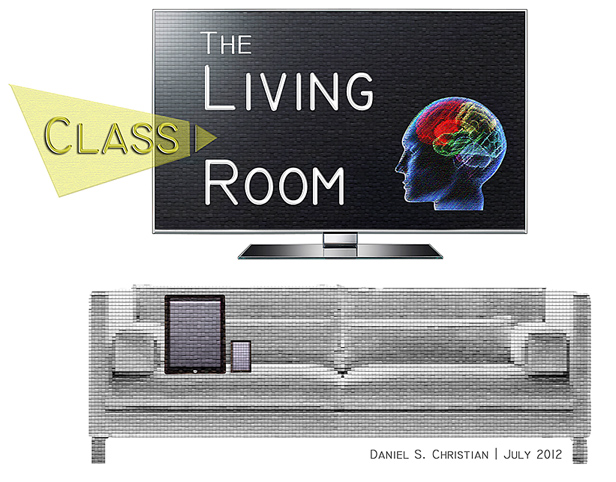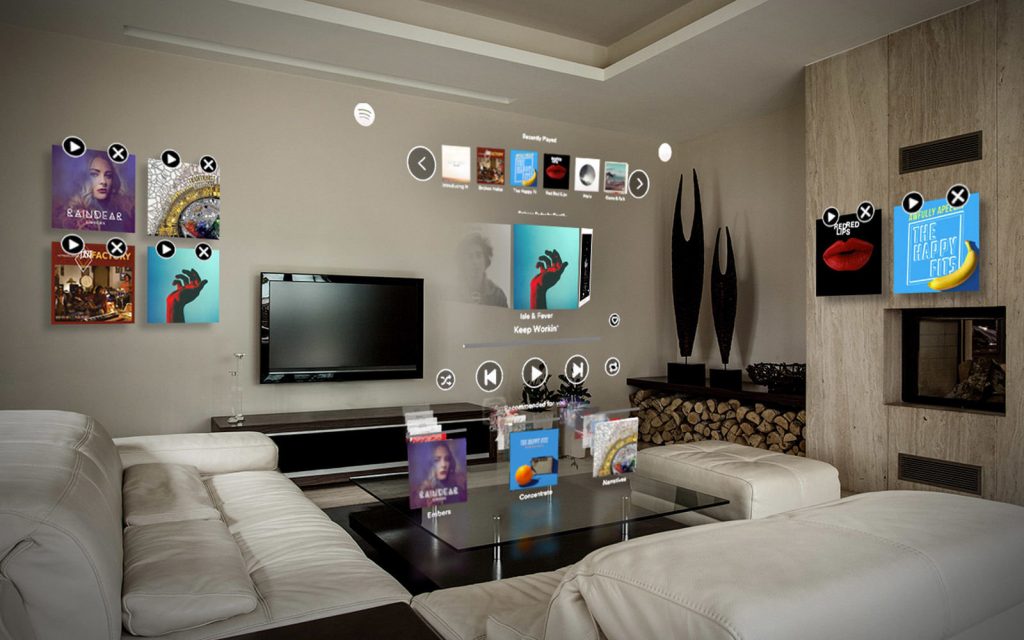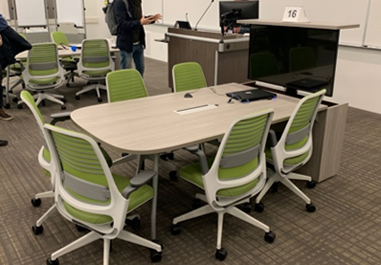INSIGHT: Permanent verification — the best blockchain use case for lawyers — from news.bloomberglaw.com by Holly Urban
Excerpt:
In the legal sphere, many articles have addressed the ways blockchain systems can be used for “smart contracts,” financial transactions like with Bitcoin or Facebook’s Libra, or other more complex scenarios.
However, a frequently overlooked use case for blockchain in the legal industry is actually much more commonplace—the ability to use blockchain technology as a means to allow permanent verification of legally significant documents and data.
Using blockchain technology, lawyers can prevent fraud, alteration, or forgery of documents, contracts and other legal instruments, copyrighted materials, photographic or video evidence, and much more.
Traditional document verification methods relied almost exclusively on the slow, costly, and insecure use of third party verifiers. The advent of blockchain technology is primed to make these outmoded verification methods a thing of the past.












